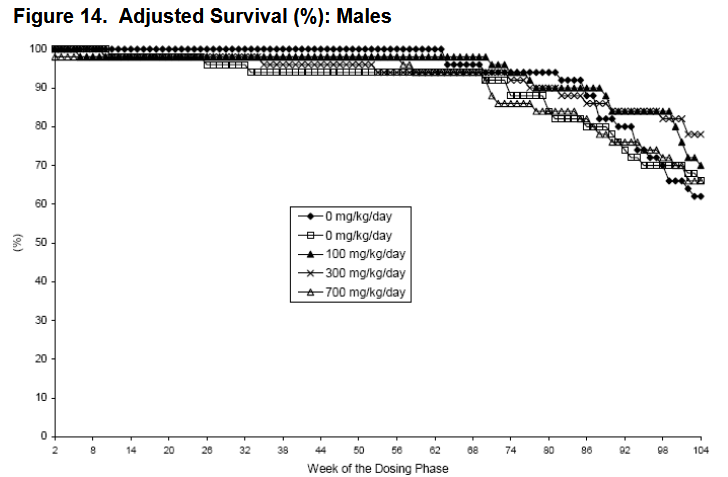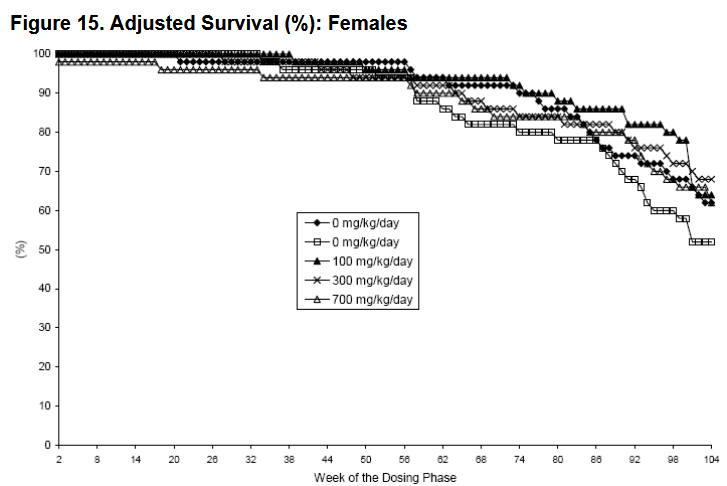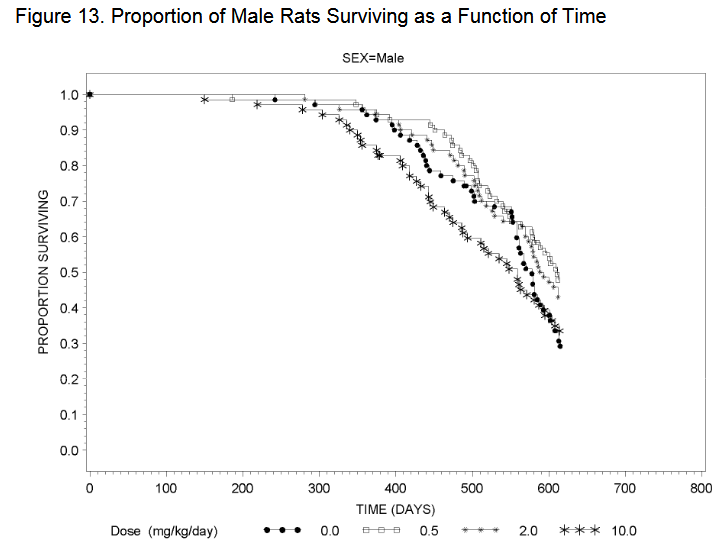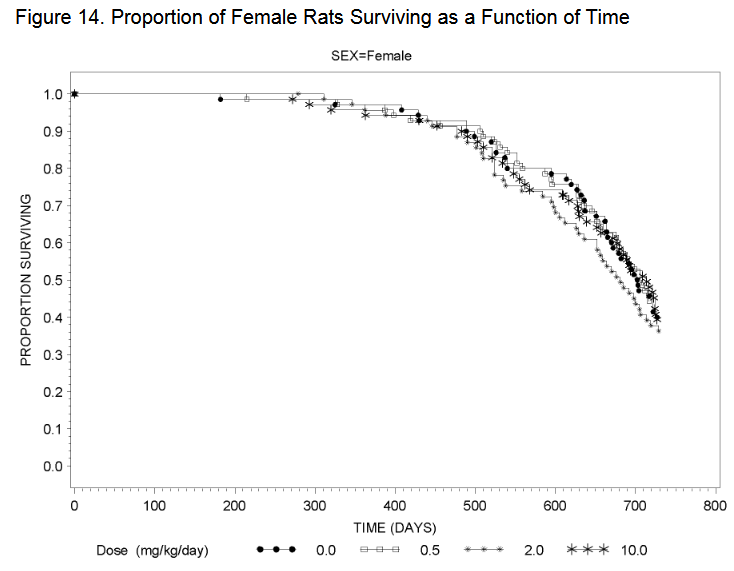**[1]**Turkish STUDY: in a comparison of patients who were diabetic and on metformin and gliclazide one group received 10mg empagliflozin and the second 25mg. Both groups had a similar decline in A1c and FBG on both doses and no difference is impact on blood lipids. There was a slight tendency to lower BP on the 25mg dose and also greater weight loss. There were no significant differences in side effects.
The effect of low and high dose empagliflozin on HbA1c and lipid profile in type 2 diabetes mellitus: A real-world data
“There was no statistically significant difference in HbA1c decreases among patients who used 10 and 25 mg of empagliflozin (p=0.935) (Table 3). The decrement in FPG at 12th week was significantly different from baseline treatments (Tables 1, 2). However, there was not a statistically significant difference in FPG among patients who used 10 and 25 mg of empagliflozin (p=0.739) (Table 3) (Fig. 1).”
“There was no statistically significant difference relevant to the change in lipid parameters between patients who used 10 and 25 mg of empaglifosin, as well (p>0.05) (Table 3).”
However:
“When both empagliflozin groups were compared, there was a propensity of dose-dependent decline in blood pressure (p<0.05). The decrease in blood pressure in the 25 mg group of empagliflozin was −9.6±7.5 mmHg (systolic) and − 6.7±4.6 mmHg (diastolic), while the decrease in the group-1 was -6.8±5.1 mmHg (systolic) and -4.6±4.0 mmHg (diastolic) (for SBP p=0.032 and for DBP p<0.005) (Table 3, Fig. 2, 3).”
“The body weight losses of Group 1 and Group 2 were -2.6±1.2 and -3.8±2.0, respectively. When Group 1 and Group 2 were compared according to the amount of weight losses, there was a significant difference in support of the group using 25 mg of empagliflozin (p=0.021) (Fig. 4).”
**[2]**Meanwhile a Chinese analysis metastudy paper found dosage differences in effects, with 25mg found to be the best (and they also looked at a 50mg dose, not typically prescribed in the USA):
Efficacy and safety of empagliflozin at different doses in patients with type 2 diabetes mellitus: A network meta-analysis based on randomized controlled trials
https://onlinelibrary.wiley.com/doi/10.1111/jcpt.13521
"Results
We identified 8264 articles, of which 23 RCTs with 10518 patients were included. Regarding haemoglobin A1c (HbA1c) and fasting plasma glucose (FPG), high-daily doses (10, 25, 50 mg) were significantly better than low doses (1, 2.5, 5 mg). For total AEs, there was a dose-response trend in which safety decreased with increasing doses. According to SUCRA sequencing, the order for lowering HbA1c was 25 > 50 > 10 > 5 > 1 mg, for lowering FPG was 50 > 25 > 10 > 5 > 2.5 > 1 mg and for safety was 1> 5 > 10 > 25> 2.5 > 50 mg. When considering HbA1c, FPG and total AEs, we performed a hierarchical cluster analysis and network meta-analysis to find that 25 mg performed best among different doses, which was more significant after long-term use (≥ 12 weeks). Pharmacokinetic parameters exhibited significant dose-response relationships.
What is New and Conclusion
High-daily doses (10, 25, 50 mg) had better efficacy than low doses (1, 2.5, 5 mg). When considering HbA1c, FPG and total AEs, 25 mg performed best among the different doses in patients with T2DM."
**[3]**Finally, a Japanese paper that is very interesting - and found a higher dose of empagliflozin superior in select parameters:
Clinical Benefit of Switching from Low-Dose to High-Dose Empagliflozin in Patients with Type 2 Diabetes
Quote:
“Increasing the dose of empagliflozin significantly ameliorated BW, BMI, GGT, TG, fasting plasma glucose and HbA1c and increased Hct in patients with T2DM. Moreover, baseline DBP and TG were independent predictors for the improvement of HbA1c. These findings may provide useful information when
considering increasing the dosage of SGLT2 inhibitors in patients with T2DM who have inadequate glycemic control.”
And generally it is apparently accepted that:
Quote:
“Almost all SGLT2 inhibitors have been reported to have dose-dependent effects. For example, the recommended dosage of empagliflozin is 10 mg once daily before or after breakfast, and combination therapy with therapy with several antihyperglycemic drugs has been approved. When its efficacy is insufficient, an increased dose of up to 25 mg once daily is allowed.”



